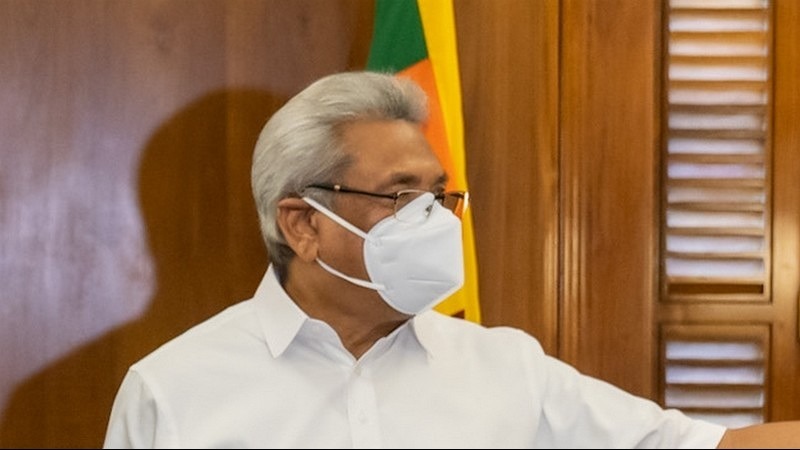Despite having one of the fastest-growing economies in Asia during the 2010s, Sri Lanka's financial state crumbled at the end of the decade, and in May the government was forced to default on its debt for the first time in its history; a recent CNBC report said.
The causes of the country's financial crisis are many, ranging from poor government management during the presidency of Gotabaya Rajapaksa to the crash of the otherwise-strong tourism industry during the COVID-19 pandemic beginning in 2020, the report said. Inflation was also a critical factor along with massive, widespread shortages of food, fuel and medicine for the 22 million Sri Lankan citizens. Eventually, frustrated protestors stormed the presidential palace, leading to Rajapaksa resigning from his position and fleeing the country.
Although new president Ranil Wickremesinghe has been sworn in, protests continue as the crisis rages on, the report said. Inflation rates have risen past 50% and could eventually hit 70%, worsening the country's economic woes.
“Sri Lanka is facing its worst economic collapse in its modern history,” Sumudu W. Watugala, associate professor at Indiana University’s Kelley School of Business, told CNBC. “This is due to long-standing structural weaknesses exacerbated by a series of idiosyncratic shocks. Sri Lanka’s crisis can be a warning sign to other developing nations because it’s a classic emerging market crisis in many ways.”

